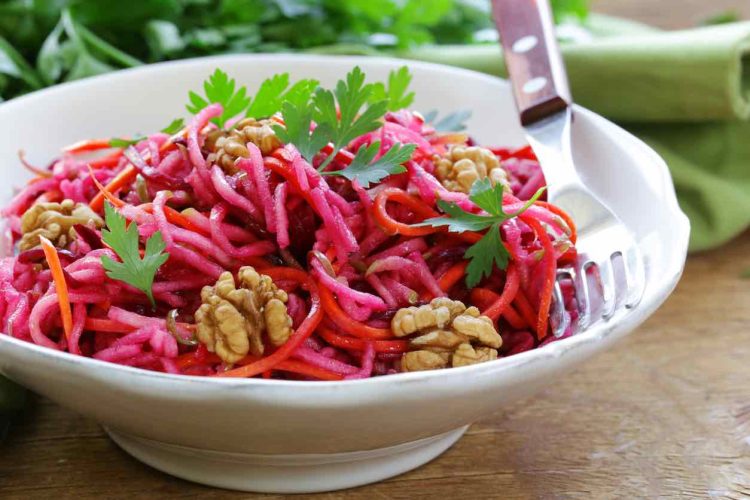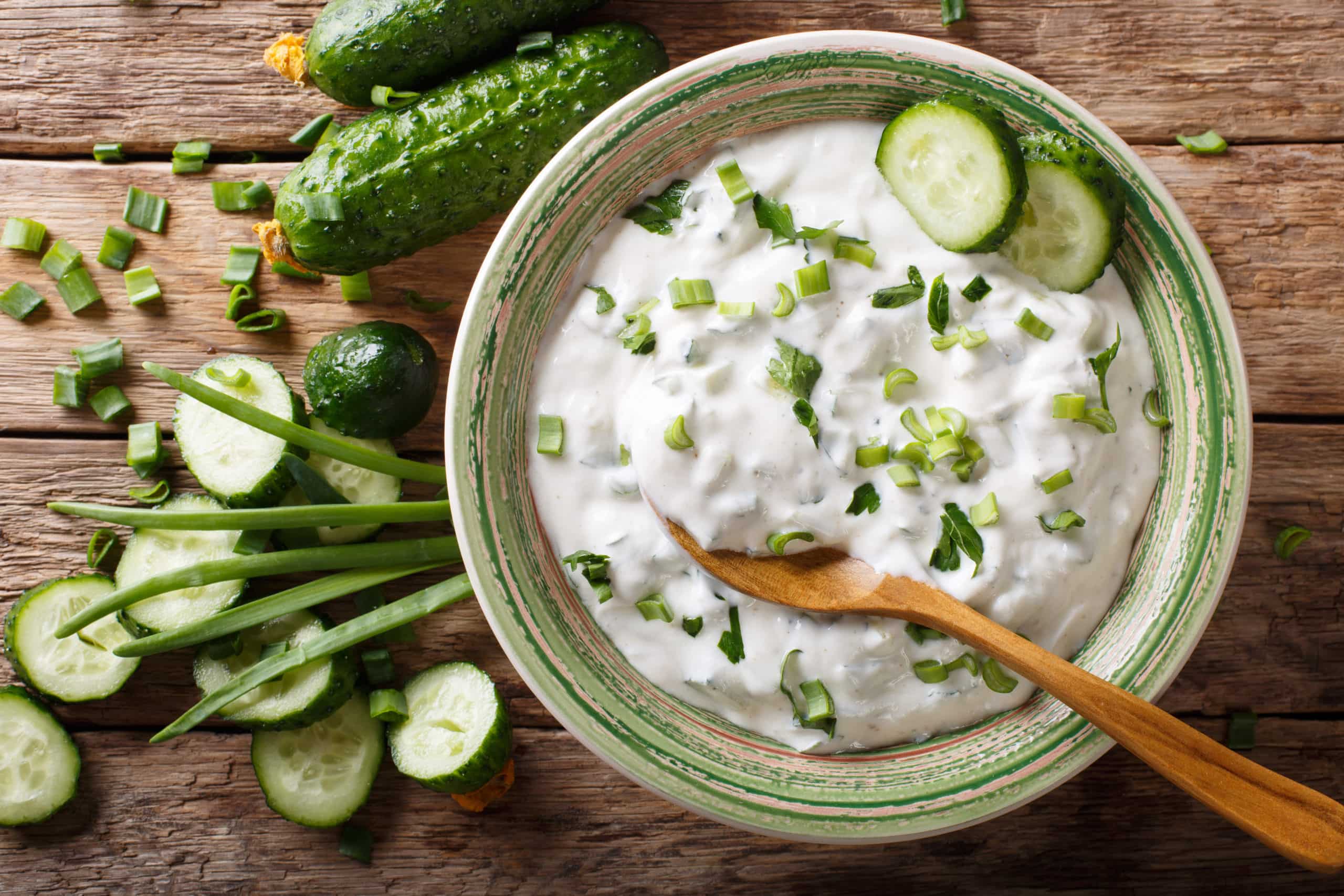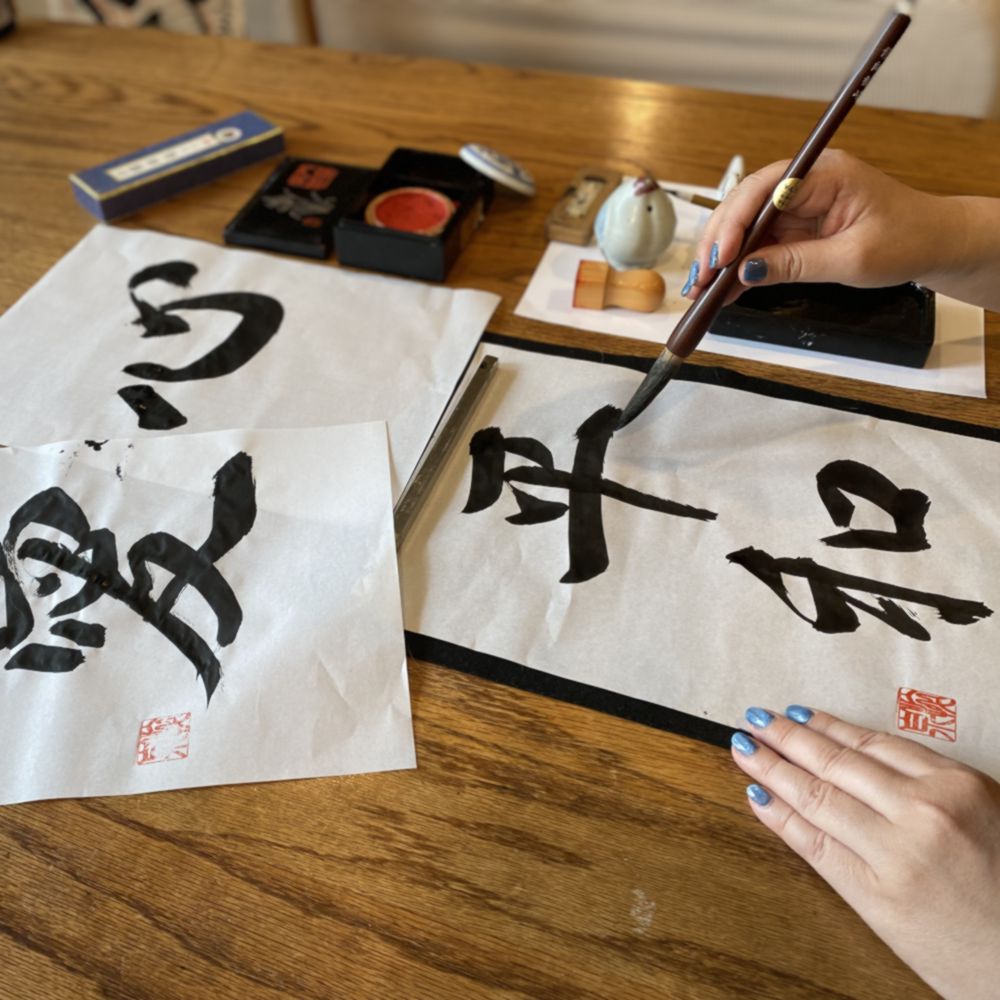Spring is a time of great change but also a time of growth, moisture, and increasing temperatures. Grounding, simple, and nourishing foods help pacify vata dosha, which is unsteady and can be thrown off by the constant change of the season. Incorporating lighter, bitter, and sour foods helps to reduce the abundance of kapha dosha (heavy, wet, cold energy) from the winter season. Traditionally, bitter greens, fresh herbs, and young vegetables help support the digestive system and awaken the senses for the brightness of spring and summer.
These recipes are some of my long-time favorites and can be made in large batches and shared with friends and family. Many can be served either warm or cool, depending on the time of day and weather. Ayurveda recommends most of our food be cooked and any raw foods eaten during the middle of the day when digestion is strongest. I hope you enjoy these staples from my family kitchen—and add your own personal spin to the dishes for you and your family.
Apple-Beet-Fennel Salad Recipe
This salad is wonderful in the winter, spring, or fall. This spring version highlights fresh mint and shaved fennel for extra digestive support. Beets and apples have traditionally been used to support liver and blood health. They are a great balance of sweet and bitter flavors. Add whatever citrus you have still in season, top with toasted nuts, seeds, or fresh chevre.
Ingredients
- 2-3 large beets, peeled
- 2 medium apples (honeycrisp or gala are good options)
- 1 medium fennel bulb, cut in half, tops removed
- 2-3 tbsp lemon or lime juice
- 1 cup mint leaves, chopped
- Sea salt or kosher salt
- Black pepper
- 2-3 tbsp olive oil, plus 1 tsp
- ⅓ cup toasted pumpkin seeds or walnuts
Directions
- To keep this recipe fast and easy, I like to toast small batches of nuts or seeds in a cast iron skillet. Heat the cast iron over medium heat with 1 teaspoon of olive oil. Once the oil is hot, add the seeds or nuts, plus a pinch of salt, and toss well. Reduce heat to medium-low, stirring occasionally until the seeds or nuts are aromatic and just toasted, 3-5 minutes. Remove from heat, and spread on a plate to cool.
- While the nuts/seeds cool, shred the apples, beets, and fennel with either a box shredder or food processor with the shredding attachment. Mix them together in a large mixing bowl. Add the citrus juice, salt, pepper, mint leaves, and oil. Mix thoroughly. Top with the seeds/nuts or fresh chevre, and serve.

















7 replies on “Spring Clean Eats: Apple-Beet-Fennel Salad Recipe”
My body & my tastebuds love this dish even tho I need to try it with a full cup of mint (currently only tried one bunch from the store, which is a about 1/2 the recommended quantity) & w the pumpkin seeds & chèvre.
Seems to be a crowd pleaser too!
It’s such a versatile and healthy salad. Depending on the season and weather I use different herbs such as cilantro, dill or parsley. Don’t be afraid to use more herbs in this! The beets can really carry a lot of herbal flavor. Enjoy!
Thank for the inspiring recipe, Jana. Do I understand correctly that the beets are shredded raw?
Correct they are raw. I hope you enjoy the salad, it’s good year round.
Hi Jill, yes they are raw. Messy but delicious and packed with minerals and vitamins. Enjoy!
Awesome. My favorite food. Never thought about shredding and combining. Thank you!
You are so welcome! Shredding root vegetables helps to release more of the juices and brings out the sweetness. Cutting things in different ways helps to vary textures and new visual beauty in foods. It’s endless and fun. I’m glad you enjoyed!